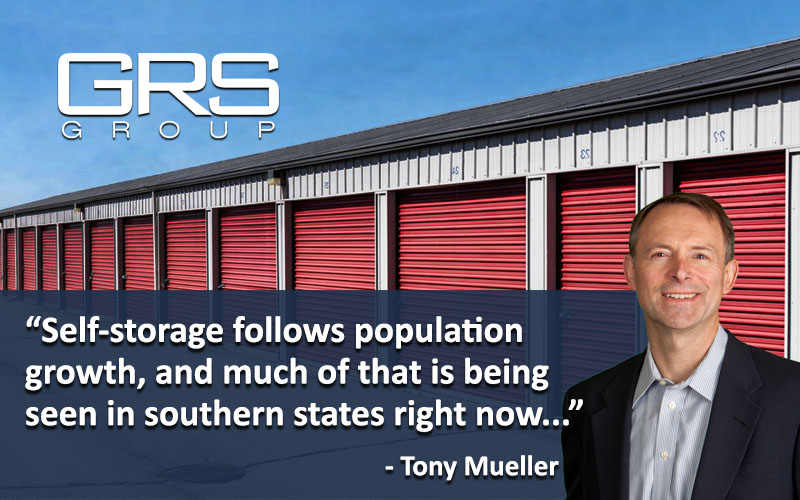There are some interesting fundamental changes taking place in commercial real estate’s self-storage sector that should strengthen the property type in the coming year, according to a new Marcus & Millichap report.
The use of these facilities by millennials in on the rise, more demand is following the steep population growth in certain southern cities, and self-storage owners are taking advantage of adaptive-reuse possibilities and putting their assets in non-traditional spaces.
Marcus pointed out that nearly one-third of all personal storage rentals are currently millennials, which it said bodes well for the sector’s long-term health. The difference between millennials and former generations, though, is that they are looking for smaller storage spaces that they visit more often.
For this reason, and others, self-storage owners are looking for sites that are more easily accessible. In some cases, they are taking advantage of shopping centers that are lagging because of the many store closings that have taken place over the last several years. For example, last year U-Haul, one of the biggest players in the sector, acquired 13 former Sears and Kmart locations for $62 million. These solutions aren’t only closer to customers but are less expensive for operators than building a facility from the ground up.
Meanwhile, private businesses are also growing users of self-storage, taking up 19 percent of facilities’ total square footage. It makes sense because of the growing small business climate. The report said: “More companies are likely to make use of these facilities this year as the economy supports business expansion, and self-storage offers a cost-effective option compared with office and retail rents.”
On a more basic level, self-storage follows population growth, and much of that is being seen in southern states right now. The biggest growth over the last five years in major metro areas tracked by Marcus was in Atlanta, Dallas, Phoenix and major cities in Florida, making them ripe for more self-storage development. All of those locales have more than one million square feet of development on tap for the coming year, with the exception of the smaller Tampa market, which will see 886,000 square feet.
However, though vacancy is still low in many cities, new construction is increasing competition and lowering self-storage rents. As a result, in many commercial real estate property sectors, investors are looking at secondary markets to enjoy higher returns.
About GRS Group
GRS Group is a leading provider of commercial real estate (“CRE”) services worldwide. With offices across the United States, Europe, and affiliates around the globe, GRS Group provides local market knowledge with a global perspective for institutional real estate investors, occupiers and lenders worldwide. The GRS Group team has evaluated and advised on over $1 trillion in CRE transactions.
Through the company’s proprietary management process, Global Services Connection, GRS Group delivers an integrated suite of services including Financial Advisory, Transaction Management, Assessment and Title Insurance. We provide a single point of contact, capable of leveraging the GRS Group portfolio of companies and delivering customized solutions to assist our clients in achieving their investment goals.

